An interesting take on low light levels
wordwiz
13 years ago
Related Stories

LIVING ROOMS15 Decorating Moves to Take Your Living Room to the Next Level
These tricks with furniture, lighting, color and accessories go a long way toward making a space fashionable and comfortable
Full Story
INSIDE HOUZZHouzz Prizewinners Take Their Kitchen From ‘Atrocious’ to ‘Wow’
A North Carolina family gets the kitchen they always wanted — and not a minute too soon — courtesy of the Houzz sweepstakes
Full Story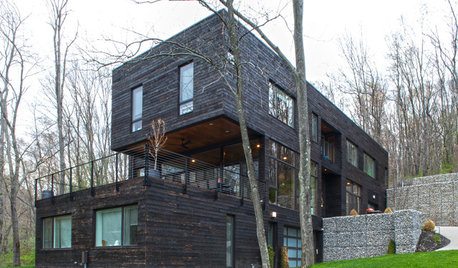
HOUZZ TOURSMy Houzz: Modernism Takes a Natural Turn in Pennsylvania
Generous wood throughout and woodsy sights outdoors soften and warm this home’s modern lines
Full Story
GARDENING GUIDES9 Low-Growing Hedges That Make Good Neighbors
Define garden areas or borders without blocking the view, with these evergreen shrubs that take kindly to trimming
Full Story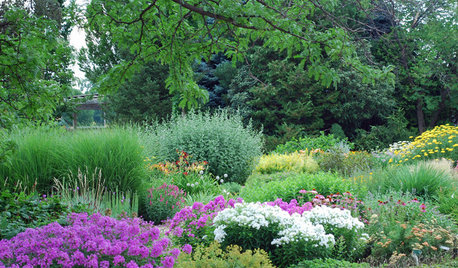
LANDSCAPE DESIGNTake Your Garden on a Rural Route With Plant-Dominant Designs
Let plants take center stage for a garden that recalls idyllic pastures fashioned by nature's hand
Full Story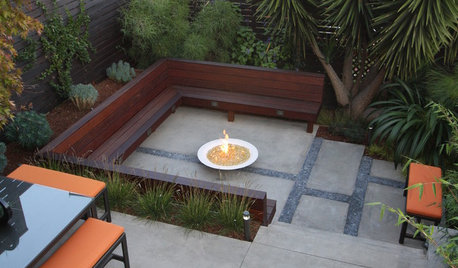
GARDENING AND LANDSCAPINGSunken and Raised Areas Take Gardens Up a Notch
Altering a landscape's grade can create energy and excitement, offering different vantage points and moods depending on the level
Full Story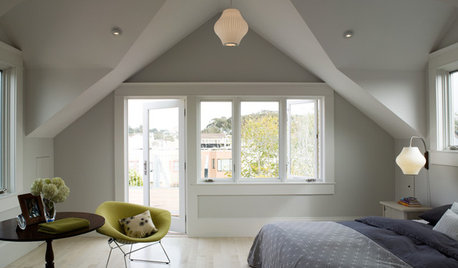
DECORATING GUIDESHow to Take Beautiful Home Photos
4 professional photographers share tips for making home interiors shine
Full Story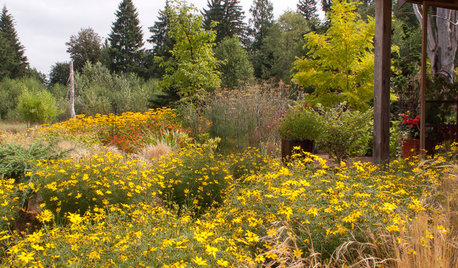
FLOWERSGreat Design Plant: Zagreb Tickseed Takes Care of Itself (Almost)
Get colorful drama along with deer resistance, drought tolerance and low maintenance — plus a butterfly or two
Full Story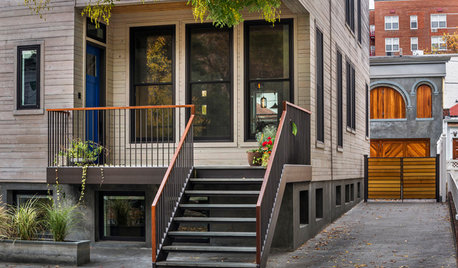
HOUZZ TOURSHouzz Tour: A Brooklyn Townhouse Takes a Warm, Contemporary Turn
Softening a traditional boxy shape creates better access and a more interesting look for a Brooklyn family home
Full Story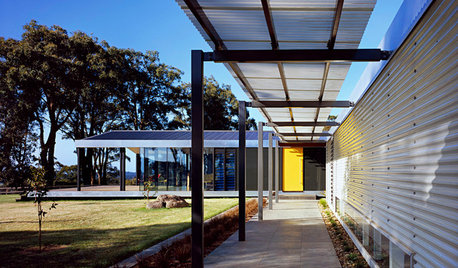
MODERN HOMESHouzz Tour: Stylish Farmhouse Addition Keeps a Low Profile
This country home’s redesign is all about living quietly and comfortably and taking in the views
Full StorySponsored
More Discussions






taz6122
zen_man
Related Professionals
Winder Landscape Architects & Landscape Designers · Middletown Landscape Contractors · Belmont Landscape Contractors · Cerritos Landscape Contractors · East Chicago Landscape Contractors · Indianapolis Landscape Contractors · McLean Landscape Contractors · West Allis Landscape Contractors · Millbury Handyman · Aliso Viejo Fence Contractors · Green Valley Fence Contractors · Lockport Fence Contractors · Oak Creek Fence Contractors · Spring Fence Contractors · Knoxville Roofing & GutterswordwizOriginal Author
jane__ny
zen_man
wordwizOriginal Author
zen_man
wordwizOriginal Author
zen_man